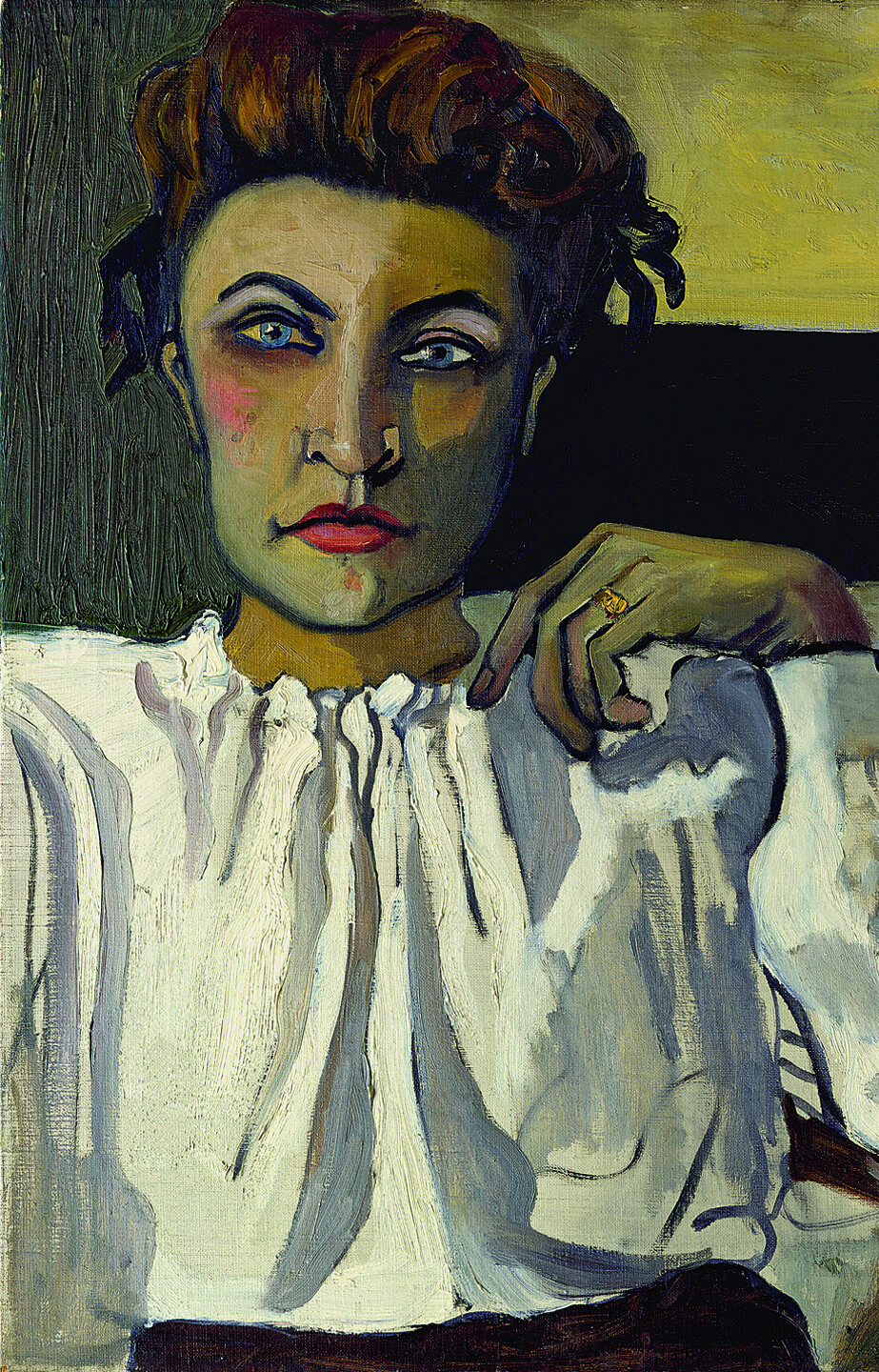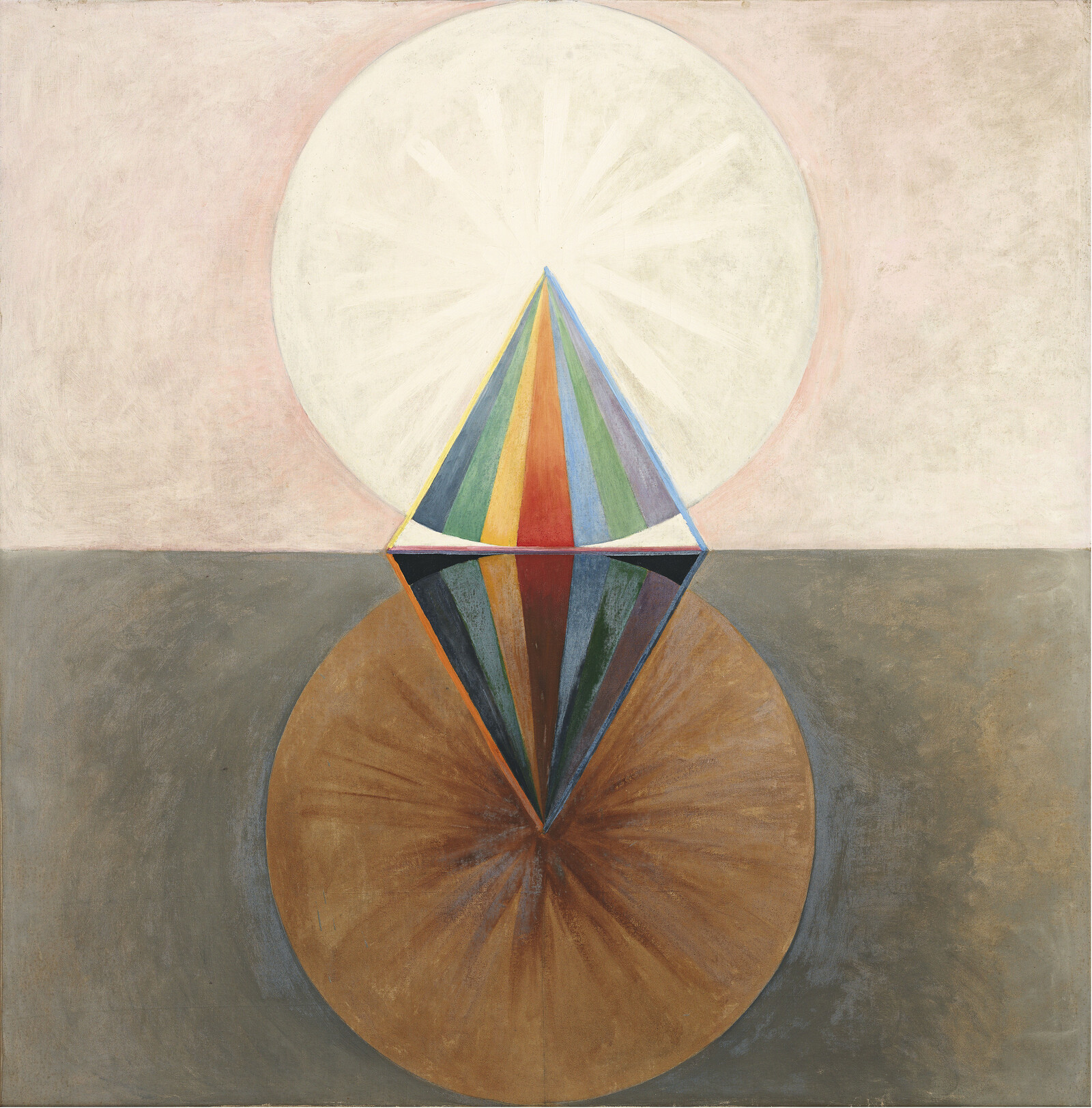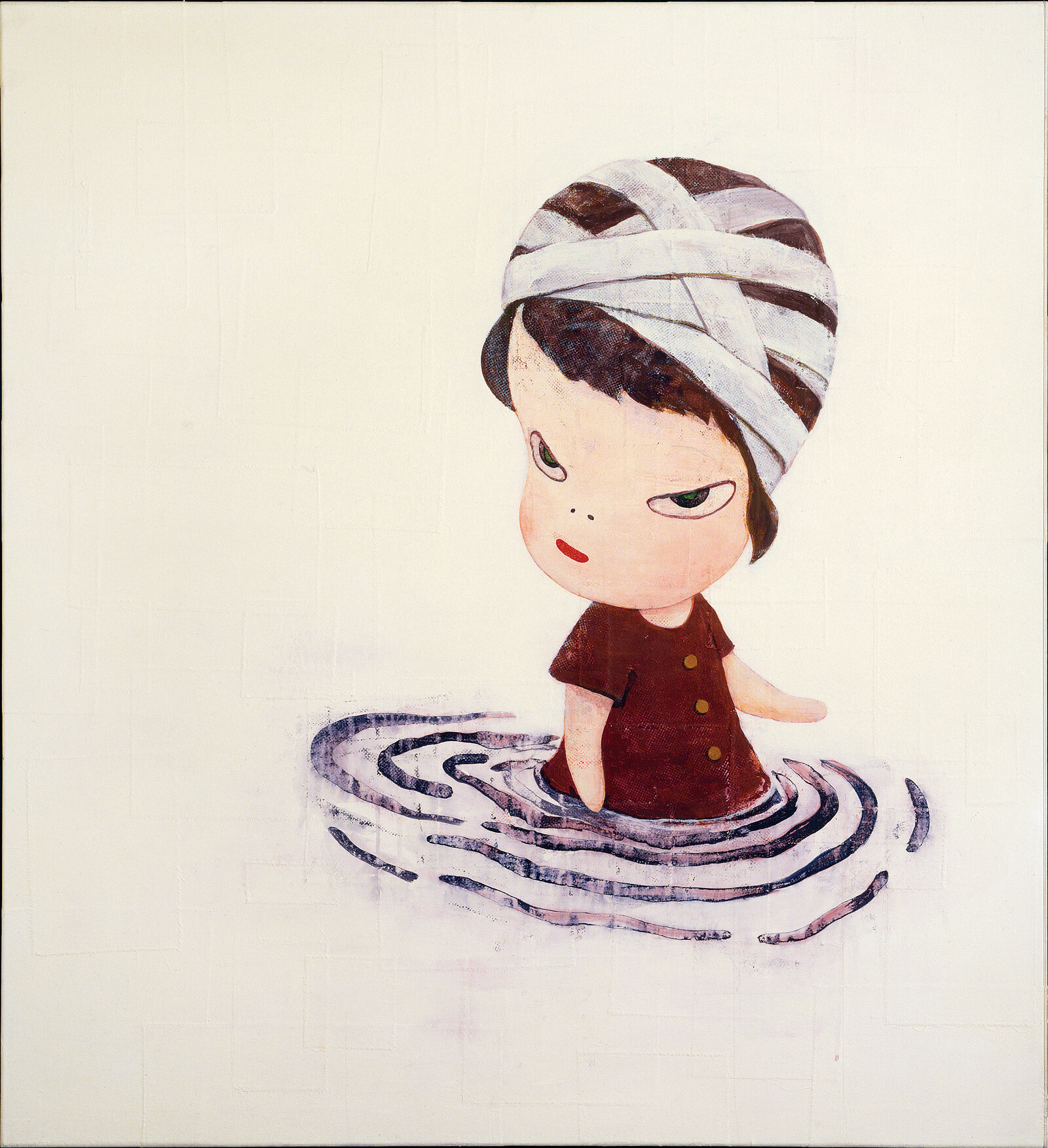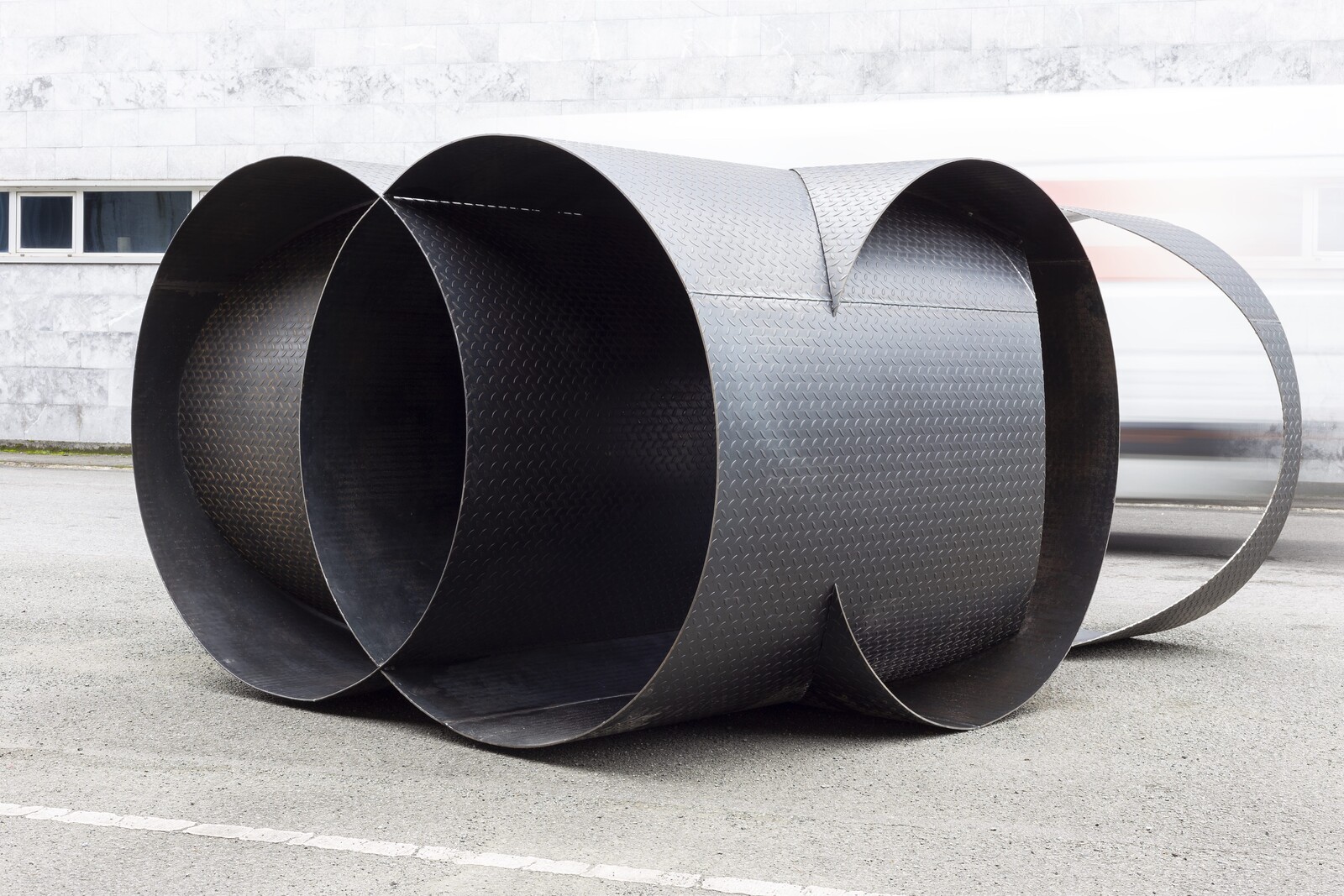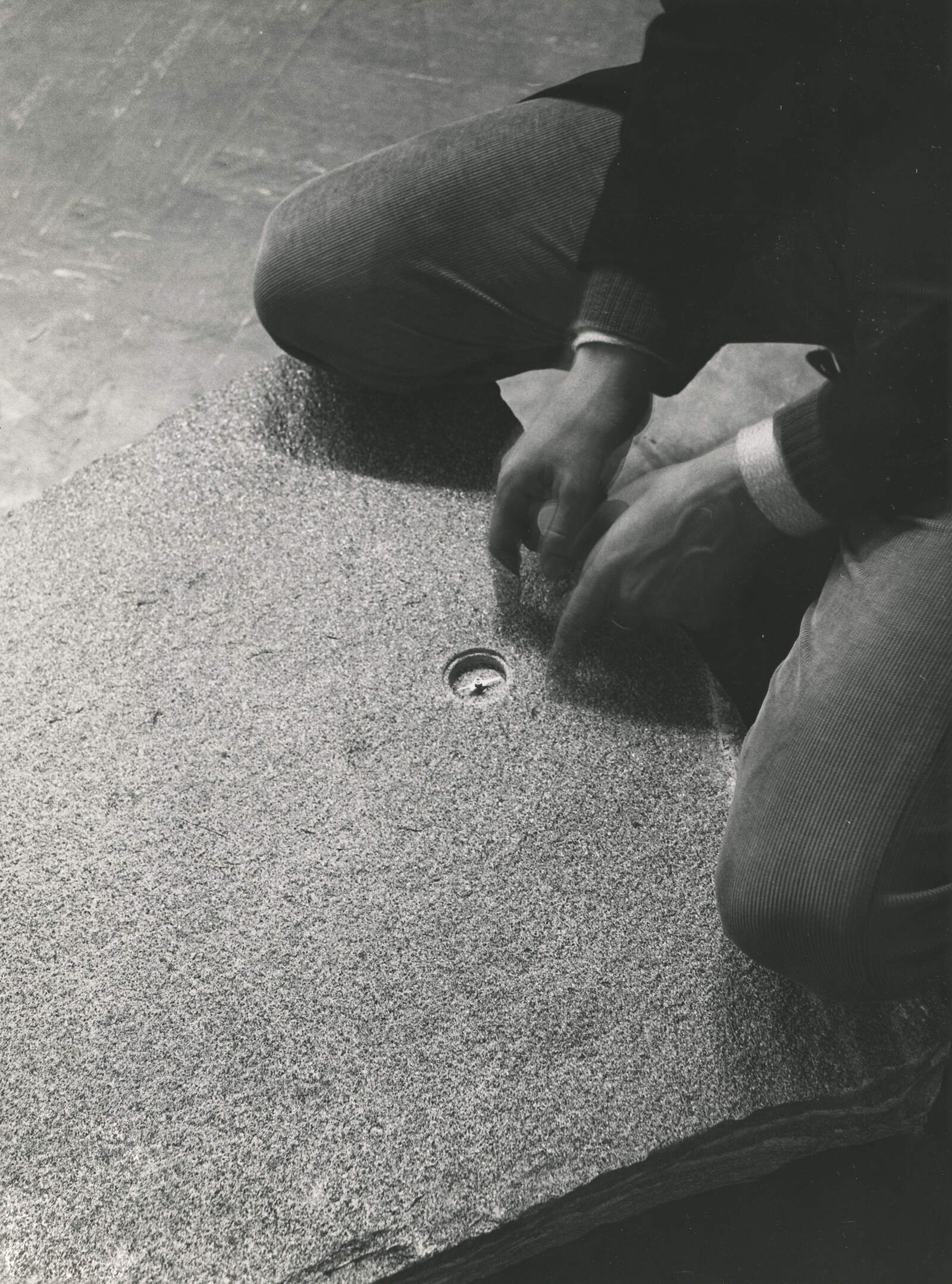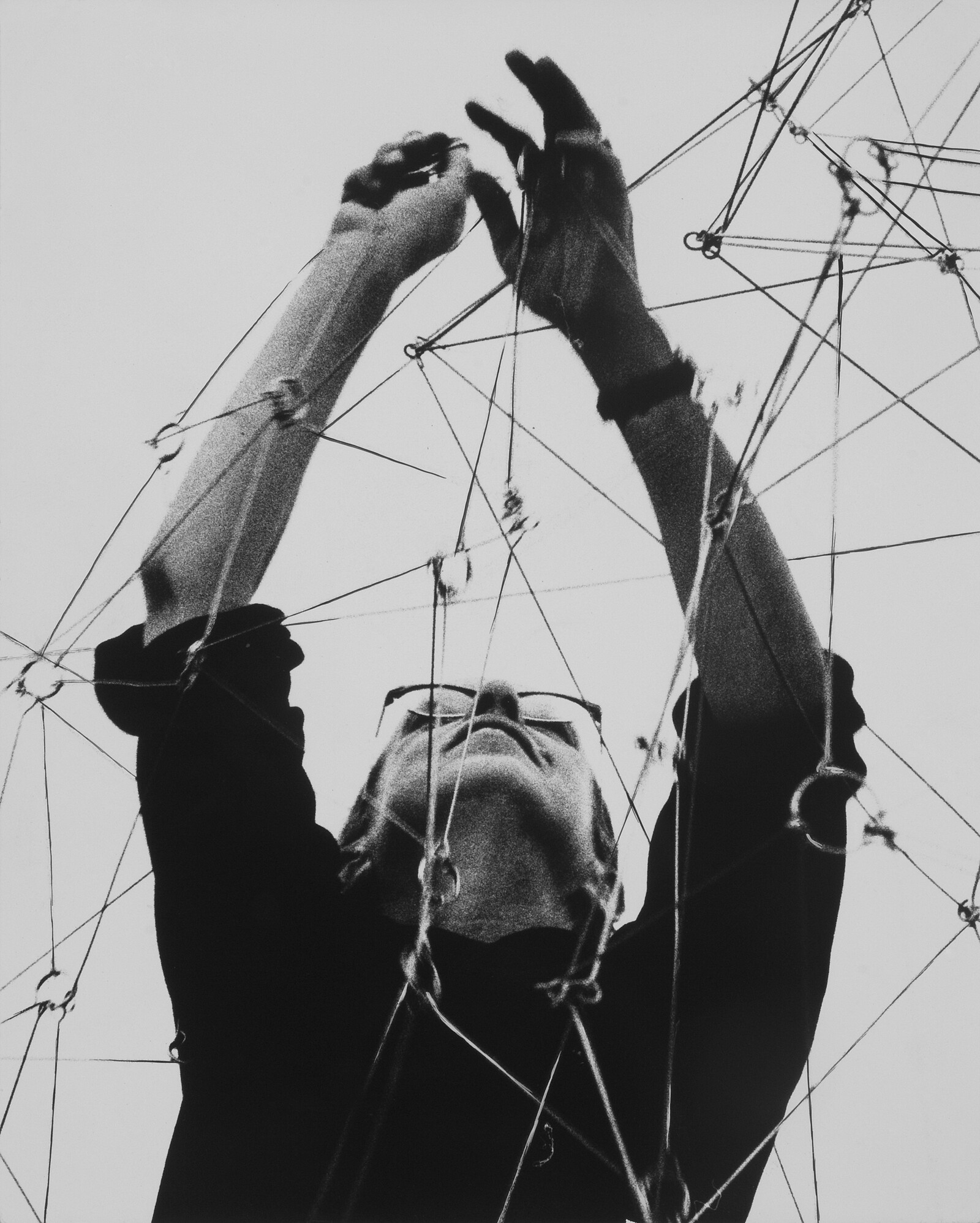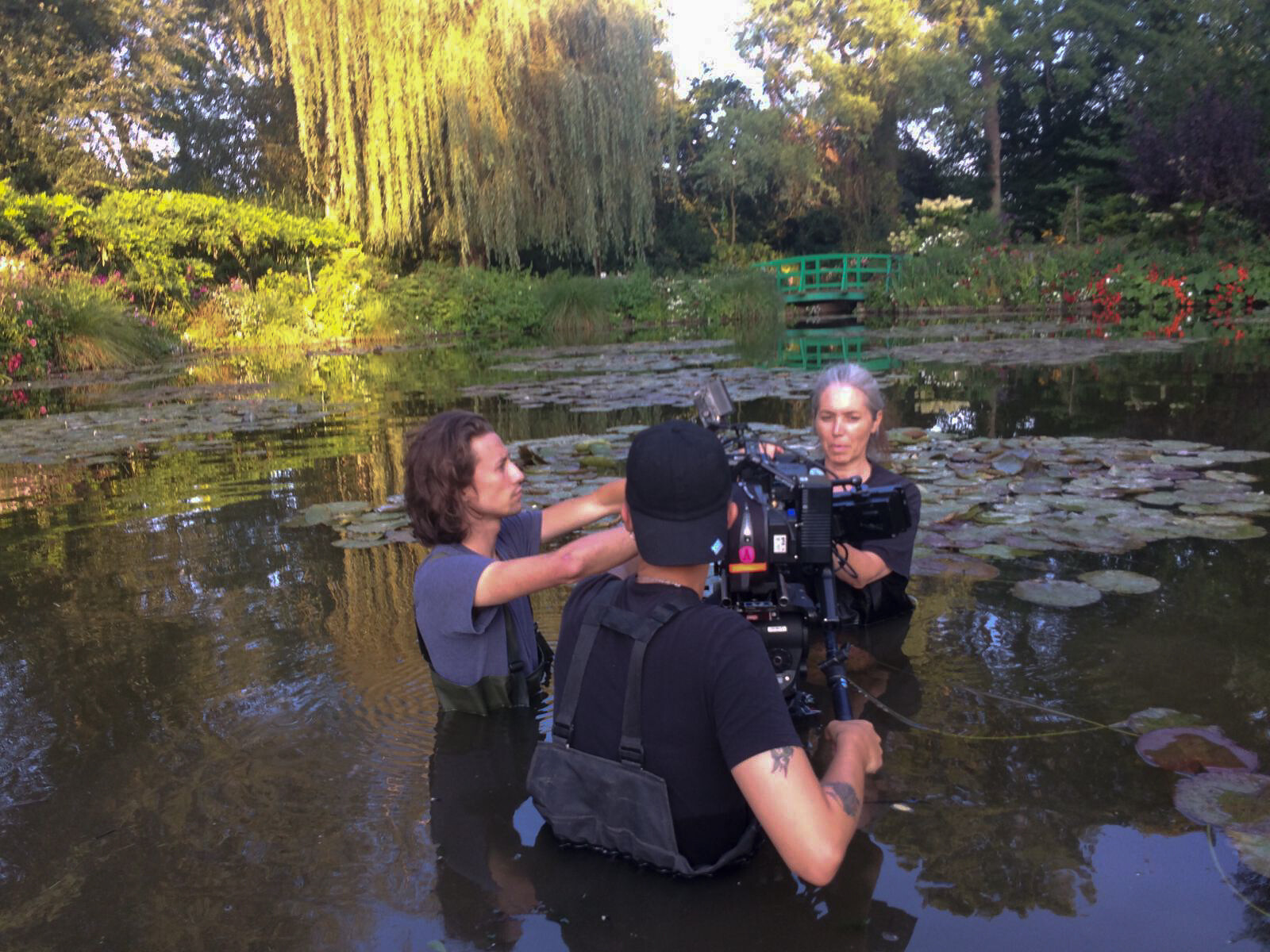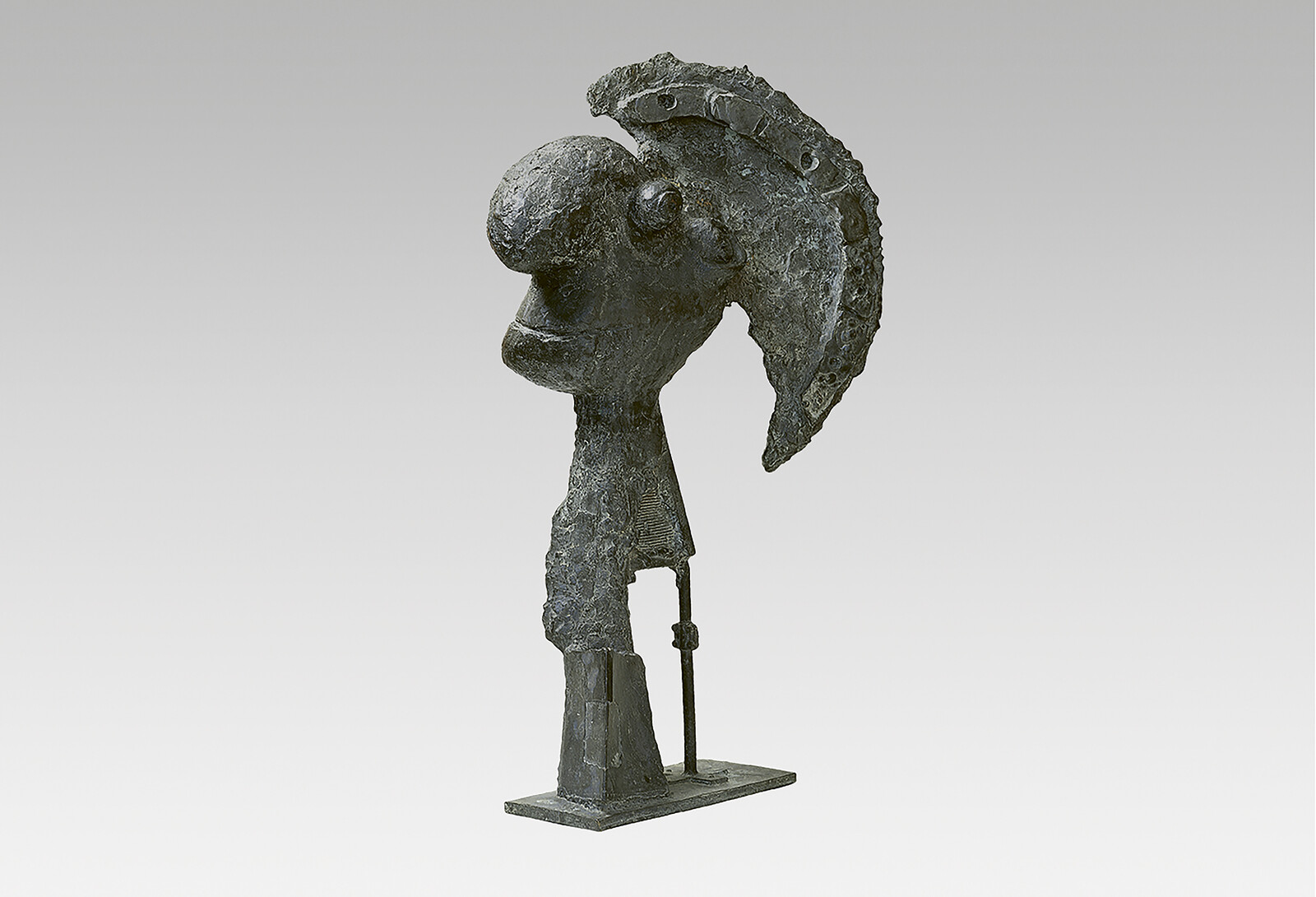People Come First
September 17, 2021–January 23, 2022
Curated by Kelly Baum, Cynthia Hazen Polsky and Leon Polsky Curator of Contemporary Art, and Randall Griffey, Curator of Modern and Contemporary Art, The Metropolitan Museum of Art, with Lucía Agirre, Curator, Guggenheim Museum Bilbao.
Exhibition organized by the Metropolitan Museum of Art in conjunction with the Guggenheim Museum Bilbao and The Fine Arts Museums of San Francisco
The Guggenheim Museum Bilbao presents the exhibition Alice Neel: People Come First, the first retrospective in Spain devoted to American artist Alice Neel (b. 1900, Pennsylvania; d. 1984, New York), thanks to the sponsorship of Iberdrola. The exhibition encompasses Neel’s entire career as an artist through some 100 paintings, drawings, and watercolors, including her most powerful portraits, which are celebrated today for their psychological insight. Her works reflect the spirit of an era, the inner history of New York, Neel’s main muse, whether painting portraits, cityscapes, or still lifes, Neel addresses the different artistic genres with the same incisive, empathetic gaze.
After her stay in vibrant 1920s Cuba, where her works were shown in public for the first time, in 1927 Alice Neel arrived in New York, the city that was to become her permanent home. There she began to paint portraits of the diversity and struggle of its people, as well as the city’s parks and buildings, and bore constant witness to the life around her. In the 1930s and 1940s, Alice Neel worked for the Works Progress Administration (WPA), part of President Franklin D. Roosevelt’s New Deal. Neel viewed art as history, and she used her work to record New York’s political life and its events. One example is Nazis Murder Jews (1936), where she painted the 1936 May 1st parade which attracted throngs of demonstrators—in this painting, they are led by some of Neel’s fellow artists—in order to draw attention to the emerging, brutal antisemitism of the Nazi regime.
From 1938 to 1962, Alice Neel and her family lived in Spanish Harlem and the artist used her paintbrushes to capture the soul of her neighbors, disadvantaged ethnically diverse population who had seldom been the subjects of art until then, as evident in her work Georgie Arce No. 2 (1955). Neel had known Arce since he was a child, and she painted him many times over the course of several years. Teenage Arce appears confident and is not threatening even though he is holding a knife pointed towards Neel and, by extension, towards the spectator.
Throughout her career, Neel’s paintings foregrounded motherhood, with images of mothers in different stages, both before and after birth, and these works are among her most radical in her production. Unlike the fantasy-driven clichés that appear in popular culture and the fine arts, Neel’s mothers are frank and specific. Her paintings and drawings empathetically reflect the challenge of having and raising children. Neel is familiar with the physical and psychological pressures that come with motherhood, especially for mothers like her with professional ambitions. It is a theme she addressed from the beginning of her career, as seen in Mother and Child, Havana (1926), to the end, as in Carmen and Judy (1972), where the tiny Judy is barely alive, against her mother Carmen’s breast without nursing, showing the emaciated state of the baby girl, who died a few days later.
The exhibition presents dozens of Neel’s most impactful portraits, which are celebrated today for their psychological insight. Whilst her models included many anonymous people, she also painted family members as well as artists, activists, civil rights leaders and celebrities who came within her orbit at different points in her life. Neel felt attracted by people who overcame social, political, and cultural boundaries, and she focused on the unique features of her models, taking care of each element of the composition to highlight both their personalities and their eccentricities.


